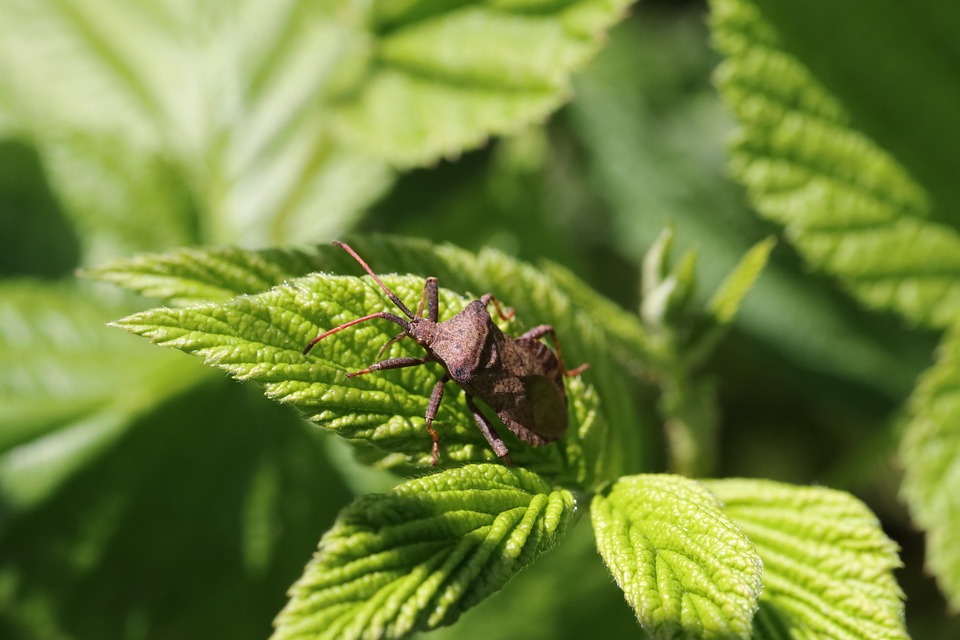Unearthing the Secrets of Soil: Finding the Perfect Type for Your Plants
When it comes to gardening, one of the most important factors to consider is the type of soil you use. Soil acts as the foundation for your plants, providing essential nutrients and support for their growth. However, not all soil is created equal, and different plants require different types of soil to thrive. In this article, we will explore the secrets of soil and help you find the perfect type for your plants.
The Importance of Soil
Soil is more than just dirt – it is a complex ecosystem that is home to billions of microorganisms. These microorganisms play a crucial role in breaking down organic matter and releasing nutrients that plants need to grow. In addition, soil provides physical support for plant roots and helps regulate water and air flow.
Choosing the right type of soil for your plants is essential for their health and growth. Different plants have different soil requirements, so it is important to understand the needs of your specific plants before selecting a soil type.
Types of Soil
There are three main types of soil: clay, sand, and loam. Each type has its own unique properties and is suitable for different types of plants.
Clay Soil
Clay soil is made up of fine particles that are tightly packed together. It has poor drainage and can become compacted easily. However, clay soil is rich in nutrients and retains moisture well, making it ideal for plants that prefer moist conditions, such as ferns and hostas.
Sand Soil
Sand soil is made up of larger particles that are loosely packed together. It has excellent drainage but does not retain moisture well. Sand soil is ideal for plants that prefer dry conditions, such as cacti and succulents.
Loam Soil
Loam soil is a mixture of clay, sand, and silt, making it the ideal soil type for most plants. It has good drainage, retains moisture well, and is rich in nutrients. Loam soil is suitable for a wide range of plants, from vegetables to flowers.
Testing Your Soil
Before planting your garden, it is important to test your soil to determine its pH level and nutrient content. You can purchase a soil testing kit from your local garden center or contact your local agricultural extension office for assistance.
Once you have tested your soil, you can make any necessary adjustments to ensure that it is suitable for your plants. Adding organic matter, such as compost or manure, can help improve soil structure and fertility. You can also adjust the pH level of your soil by adding lime or sulfur.
Common Questions About Soil
What is the best type of soil for my plants?
The best type of soil for your plants depends on their specific needs. Clay soil is ideal for plants that prefer moist conditions, while sand soil is suitable for plants that prefer dry conditions. Loam soil is a good all-around soil type for most plants.
How often should I water my plants?
The frequency of watering your plants depends on the type of soil you are using and the needs of your plants. Clay soil retains moisture well, so you may not need to water as often. Sand soil drains quickly, so you may need to water more frequently. It is important to monitor your plants and adjust your watering schedule accordingly.
Can I use potting soil for my garden?
Potting soil is specially formulated for container plants and may not be suitable for outdoor gardens. It is important to use a soil that is appropriate for your specific gardening needs. Potting soil may not have the necessary nutrients or drainage for outdoor plants.
Conclusion
Soil is a crucial element in gardening, providing essential nutrients and support for plant growth. By understanding the different types of soil and their properties, you can choose the right type for your plants and ensure their health and vitality.
Testing your soil and making any necessary adjustments can help create the ideal growing environment for your plants. Whether you have clay, sand, or loam soil, there are ways to improve its quality and make it suitable for a wide range of plants.
By unearthing the secrets of soil and finding the perfect type for your plants, you can create a thriving garden that will bring beauty and joy for years to come.
Remember, the key to successful gardening is starting with the right foundation – the soil.


















































